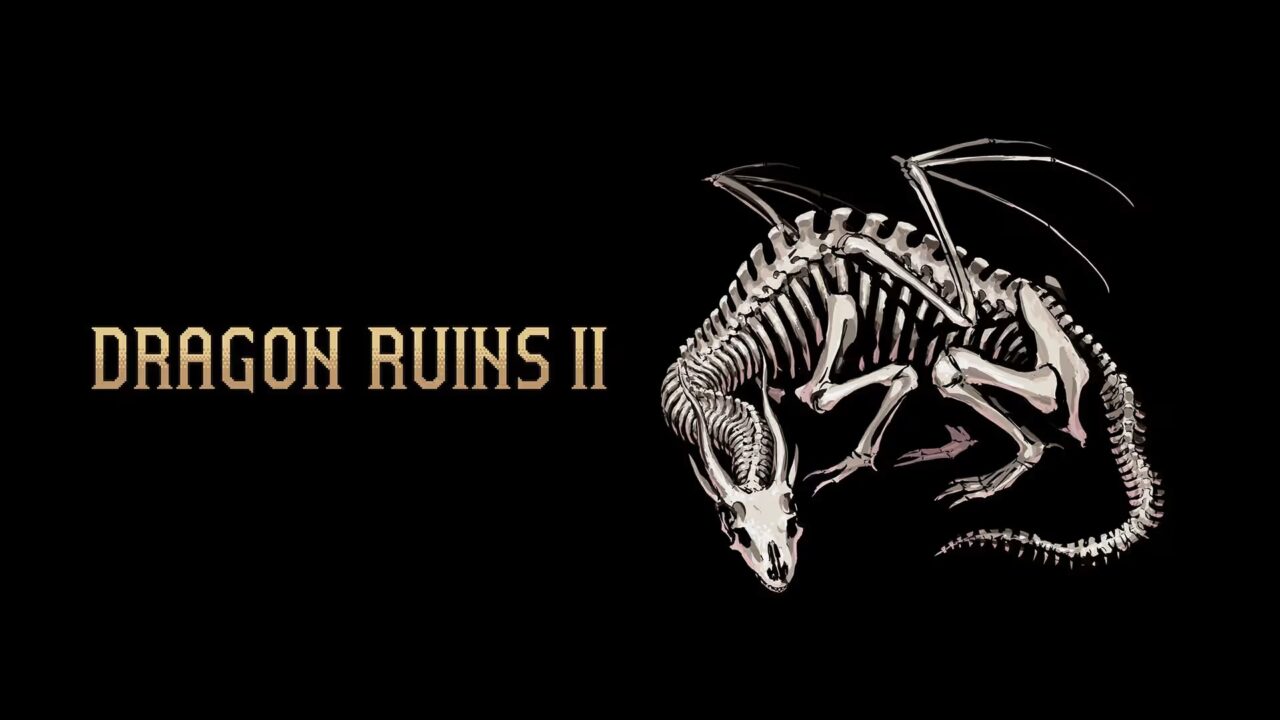Back in September, I reviewed Dragon Ruins on Nintendo Switch, an auto battler dungeon crawler published by KEMCO. I described it as a mix of classic Wizardry and the original Dragon Slayer game from Falcom, where fights happen automatically and you can dodge fights by moving on from that area. I noted that even though it sounded boring, it was a lot of fun even if it ran out of steam after a few playthroughs.
Now the sequel, Dragon Ruins II, has arrived and I am pleased as punch to say that the game is not just a rehash, but actually pushes the formula forward and improves many areas where the original was lacking. For instance, the original game had a great automap feature, which was helpful, but the dungeon did not really change and once you completed the fight with the dragon, you had pretty much seen everything. This time though, there are multiple dungeons, each tied to different quests you can take, and there is a surprising amount of variety in these dungeons.
The automap function returns to be helpful in navigating once again, but the dungeons also have other things to do this time, such as finding treasure chests. You may end up needing a key though, that is unless you have a thief in your party and this is another area where Dragon Ruins II improves. The party selection matters a lot more this time, and each class makes a difference in how the experience will turn out, such as the aforementioned thief being able to unlock chests.

You can also assign various additional items to your party, and upgrading equipment has a few more options this time. Plus it helps that you can find gear in the dungeons. Speaking of the dungeons, gone is the wireframe look of the original game that called to mind the first Wizardry games. Now the dungeons are fully fleshed out visually, albeit still with a retro RPG look.
Combat has also undergone a slight change here compared to the first game. While Dragon Ruins II is still an autobattler RPG, you do have a manual attack that requires a meter, which is built up via fighting monsters. Using it will unleash a super attack that can be helpful if you are taking too much damage, and can turn the tide.

As mentioned, Dragon Ruins II has a variety of dungeons tied to each quest, and you can do a series of quests in each dungeon before the quest cycle starts over. When doing a new quest, new enemies will show up and the dungeon will have a different look via a new colour pallete. It is a nice touch and helps add more variety to set things apart.
One area where Dragon Ruins II does falter a bit is in the perspective. When moving through the dungeons, everything is on a slight slant, and this can be a bit disorienting when playing for a while. You can adjust, and like the first game, Dragon Ruins II is meant to be played in short bursts, but it can be odd at first.
Dragon Ruins II also ups the difficulty, both in terms of its enemy variety and with the different difficulties for each quest. You will find yourself returning to town to heal numerous times, in addition to leveling up and upgrading your gear. I do like that now if you level up some but not all characters, the others will still gain XP for another level once they do get leveled up and will not be far behind the rest of the party.

Dragon Ruins II addressed every complaint and criticism of the first game and made a sequel that was bigger and better in every way. I am really excited to see this series continue and what the developers could do with a potential third entry, although the standalone expansion that is coming is also something to keep an eye on. In the meanwhile, Dragon Ruins II is a blast to play and is highly recommended for all to check out.
Disclaimer: A review key was provided

